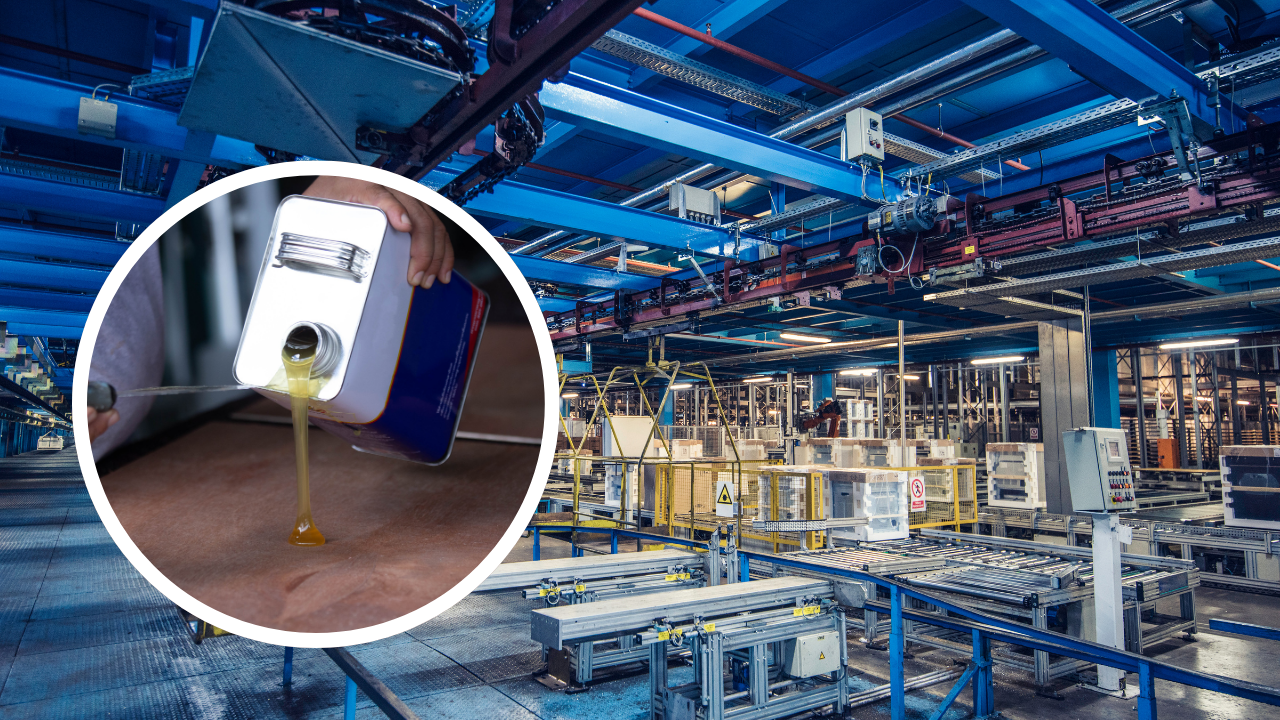The adhesive products business represents a dynamic and rapidly evolving sector driven by critical global trends such as sustainable development, accelerating industrialization, and expanding infrastructure projects. With applications spanning automotive, packaging, textiles, furniture, and construction industries, adhesives are fundamental to modern manufacturing and consumer markets. This article delivers a deep dive into the business potential of adhesive products, supported by detailed market insights, emerging trends, and investment opportunities that aspiring entrepreneurs and established manufacturers can leverage.
The Expanding Scope of the Adhesive Products Industry
Adhesive products encompass a broad range of formulations, from epoxy resins and acrylics to natural gum-based adhesives, each tailored to specialized industrial and consumer uses. The sector’s multi-industry applicability ensures steady demand, especially as urbanization fuels construction and manufacturing growth worldwide. Additionally, the rising emphasis on environmentally friendly and sustainable adhesives is reshaping product development and opening new market segments.
Key Application Areas Driving Adhesive Demand
-
Automotive Industry: Structural adhesives are replacing traditional mechanical fasteners to reduce vehicle weight and improve fuel efficiency.
-
Packaging Sector: Growth in e-commerce and retail packaging fuels demand for pressure-sensitive tapes and water-based adhesives.
-
Textile Printing: Innovative pigment binders enable vibrant and durable fabric designs aligning with fast-changing fashion trends.
-
Furniture Manufacturing: Wood adhesives like urea formaldehyde resin are critical to meet rising furniture production due to urban housing developments.
Visit this Page for More Information: Start a Business in Adhesives and Sealants Industry
Top Adhesive Product Segments With Strong Growth Potential
Epoxy Resin Based Primer (Putty) – Durability Meets Construction Demand
Epoxy resin primers are prized for their exceptional hardness and chemical resistance, making them essential in marine, industrial coatings, and high-performance flooring. The booming construction sector’s shift towards quality and longevity is driving increased adoption of these primers over conventional options.
Leather Binder (Resin-Based) – Tapping into the Global Leather Boom
With the leather industry’s resurgence, especially in emerging markets, resin-based leather binders offer superior binding performance and sustainability compared to traditional chemical binders. Their use enhances leather durability and finishing, aligning with global sustainability standards.
Pigment Binders for Textile Printing – Fashion Meets Technology
The relentless demand for novel fabric prints requires advanced pigment binders that are compatible with state-of-the-art printing machinery. This segment benefits from continuous innovation, enabling sharper, more durable, and eco-conscious prints.
BOPP Adhesive Tapes – The Packaging Powerhouse
Bi-axially oriented polypropylene (BOPP) adhesive tapes are indispensable in modern packaging due to their strength, clarity, and resistance to environmental factors. The surge in packaged goods and logistics infrastructure underscores the growth prospects of this segment.
Pressure Sensitive Acrylic Adhesives – Versatile and Reliable
Acrylic-based adhesives for tapes, labels, and decals excel in adhesion strength and weather resistance. Their widespread application across sectors makes them an attractive area for product diversification.
Natural Adhesives: Guar Gum and Tamarind Kernel Powder-Based Products
Guar gum is a critical thickener in both food and hydraulic fracturing sectors, illustrating the cross-industry importance of natural adhesive components. Likewise, tamarind kernel powder-based adhesives for corrugated carton boxes cater to the expanding eco-friendly packaging market, offering biodegradable alternatives.
In-Depth Market Analysis: Size, Trends, and Forecast
The global adhesive market was valued at over $50 billion in 2019 and is projected to grow at a compound annual growth rate (CAGR) exceeding 5% through 2026. This growth is driven by:
-
Increasing focus on sustainable adhesives aligned with global environmental regulations.
-
Expanding industrial activities in Asia-Pacific, particularly China, India, and Japan.
-
Advances in adhesive technology improving performance and eco-friendliness.
-
The rise of green building codes mandating the use of low-VOC and bio-based adhesives.
Regionally, the Asia-Pacific market dominates, supported by burgeoning manufacturing and construction sectors. Europe and North America follow closely, with Germany and the USA being major contributors due to automotive and infrastructure investments.
Read our Book Here: Adhesives Formulary Handbook (Second Edition)
Emerging Technologies and Innovations in Adhesive Manufacturing
Nanotechnology Enhancements
Integrating nanoparticles into adhesive formulations enhances thermal resistance, mechanical strength, and electrical conductivity. For example, silica nanoparticles in epoxy resins dramatically improve durability, offering competitive advantages in high-performance applications.
Smart Adhesives
Researchers are developing stimuli-responsive adhesives that change adhesion properties under light, temperature, or humidity, creating opportunities in electronics, healthcare, and automotive sectors.
Bio-Based and Sustainable Adhesives
The shift towards bio-based adhesives derived from algae, soy proteins, and lignin reflects the industry’s commitment to reducing environmental footprints and meeting stringent regulatory standards.
Strategic Opportunities for Startups and Investors
-
Invest in R&D: Continual innovation in formulation and application techniques is critical to maintaining a competitive edge.
-
Focus on Sustainability: Developing eco-friendly adhesives will attract both regulators and environmentally conscious customers.
-
Diversify Product Portfolio: Engage multiple adhesive types and applications to mitigate risks and capture wider market share.
-
Expand Globally: Target emerging markets in Africa and Southeast Asia where industrialization is accelerating.
-
Leverage Digital Marketing: Build brand awareness and educate customers on product benefits via targeted online campaigns.
Challenges to Address in the Adhesive Business
-
Raw Material Price Volatility: Fluctuating petroleum and natural resource prices impact synthetic adhesive costs.
-
Environmental Regulations: Stricter controls on VOC emissions and waste management necessitate investment in green production processes.
-
Resource Scarcity: The depletion of some natural raw materials demands innovation in alternative sourcing.
Adhesive Manufacturing Process Overview
Understanding the manufacturing process is essential to optimize product quality and operational efficiency:
-
Raw Material Procurement: Selection of synthetic or natural feedstocks based on product requirements.
-
Chemical Synthesis: Polymerization and chemical reactions tailored for adhesive formulation.
-
Formulation: Incorporation of additives and fillers to impart desired properties such as viscosity, curing time, and adhesion strength.
-
Packaging: Packaging in formats suitable for distribution, including tapes, putties, powders, and liquid forms.
Conclusion: Why the Adhesive Products Business is Poised for Growth
The adhesive products business stands at the confluence of technological innovation, sustainability imperatives, and expanding industrial demand. With diversified applications from packaging to automotive, and a growing emphasis on eco-friendly solutions, the sector offers immense opportunities for investors and entrepreneurs ready to innovate and scale. The ability to adapt to evolving market trends and regulatory landscapes will define the leaders in this vibrant industry.
Visit Our Website For More Details : www.niir.org






